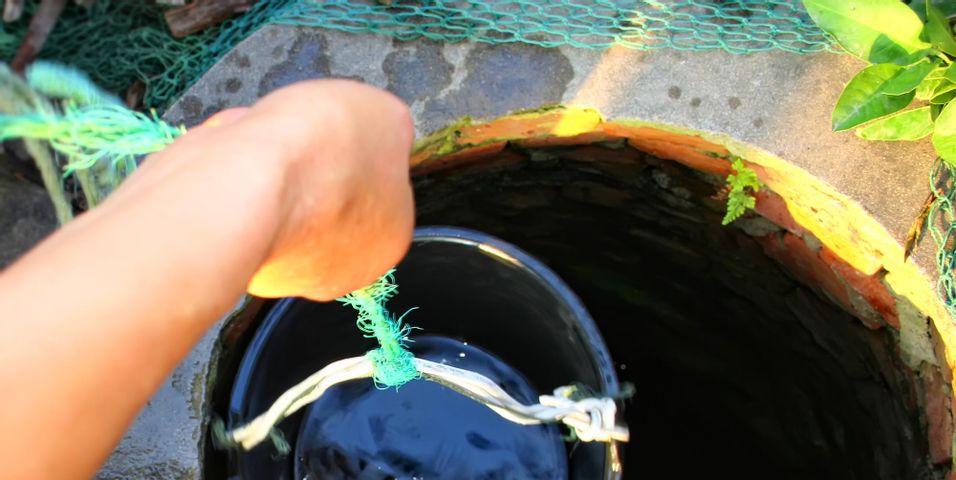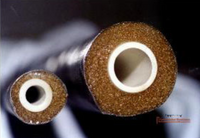Understanding the Importance of Well Monitoring

When you need continuous information about the level of groundwater, one of the best ways to obtain it is through well monitoring. With a special, small tube-like structure, you can gain substantial insight into the changes in H2O. Here’s a guide to learning more about well monitoring.
What Is Well Monitoring For?
A monitoring well is a system of gathering data about the water below the earth’s surface. Generally, they have two main purposes. The first is to have a reliable indicator of how much water is flowing in a given area. That information can be extremely useful for a farm, for instance, deciding if the local water table can support their agriculture. In other situations, well monitoring can tip you off that a water source has been contaminated. If it has been, and the contamination has been treated, you’ll be able to know exactly when it’s safe to use again. That’s a common occurrence after there is some inadvertent mixing due to a flood and the presence of animal feces, for example.
How Are They Constructed?
 The latest developments in the well monitoring industry involve devices known as Small Diameter Monitoring Wells. These slim tubes allow for a speedy installation that can deliver data faster and also cost less due to its smaller size — there is less ground to drill. These pipes come equipped with mesh screens that are then packed with silica sand to create a semi-permeable membrane. That one-way system is especially crucial because it is against the law to knowingly allow the possible contamination of water.
The latest developments in the well monitoring industry involve devices known as Small Diameter Monitoring Wells. These slim tubes allow for a speedy installation that can deliver data faster and also cost less due to its smaller size — there is less ground to drill. These pipes come equipped with mesh screens that are then packed with silica sand to create a semi-permeable membrane. That one-way system is especially crucial because it is against the law to knowingly allow the possible contamination of water.
If you need help with well monitoring, it’s wise to start working with a reputable geoscientist like GeoTek Alaska in Anchorage, AK. Founded in 2002, the company is proud to offer Geoprobe® Prepacked Well Screens, which make the monitoring process easier and cheaper. To find out if their technology is right for your needs, contact the Geoprobe team at (907) 569-5900. Learn more about the company by visiting their website.
About the Business
(6 reviews)
Have a question? Ask the experts!
Send your question

